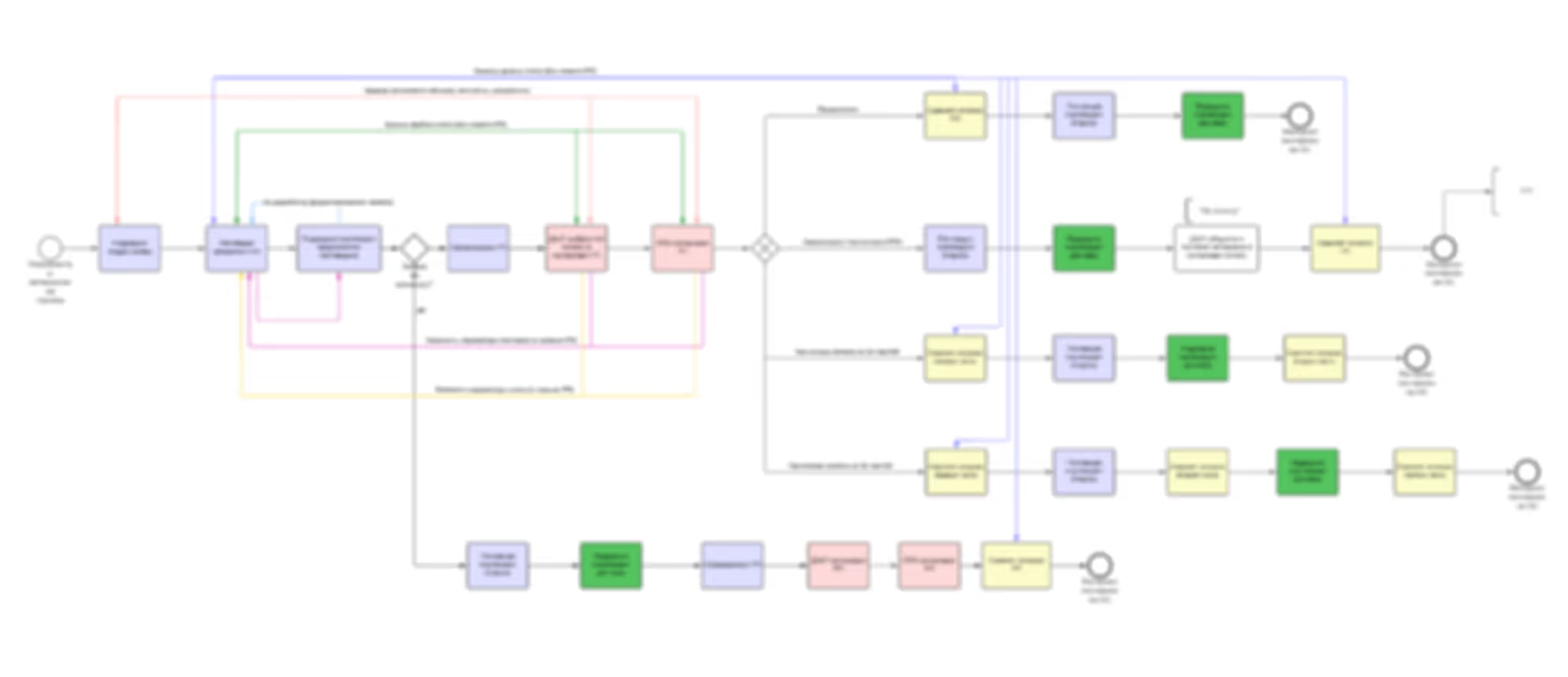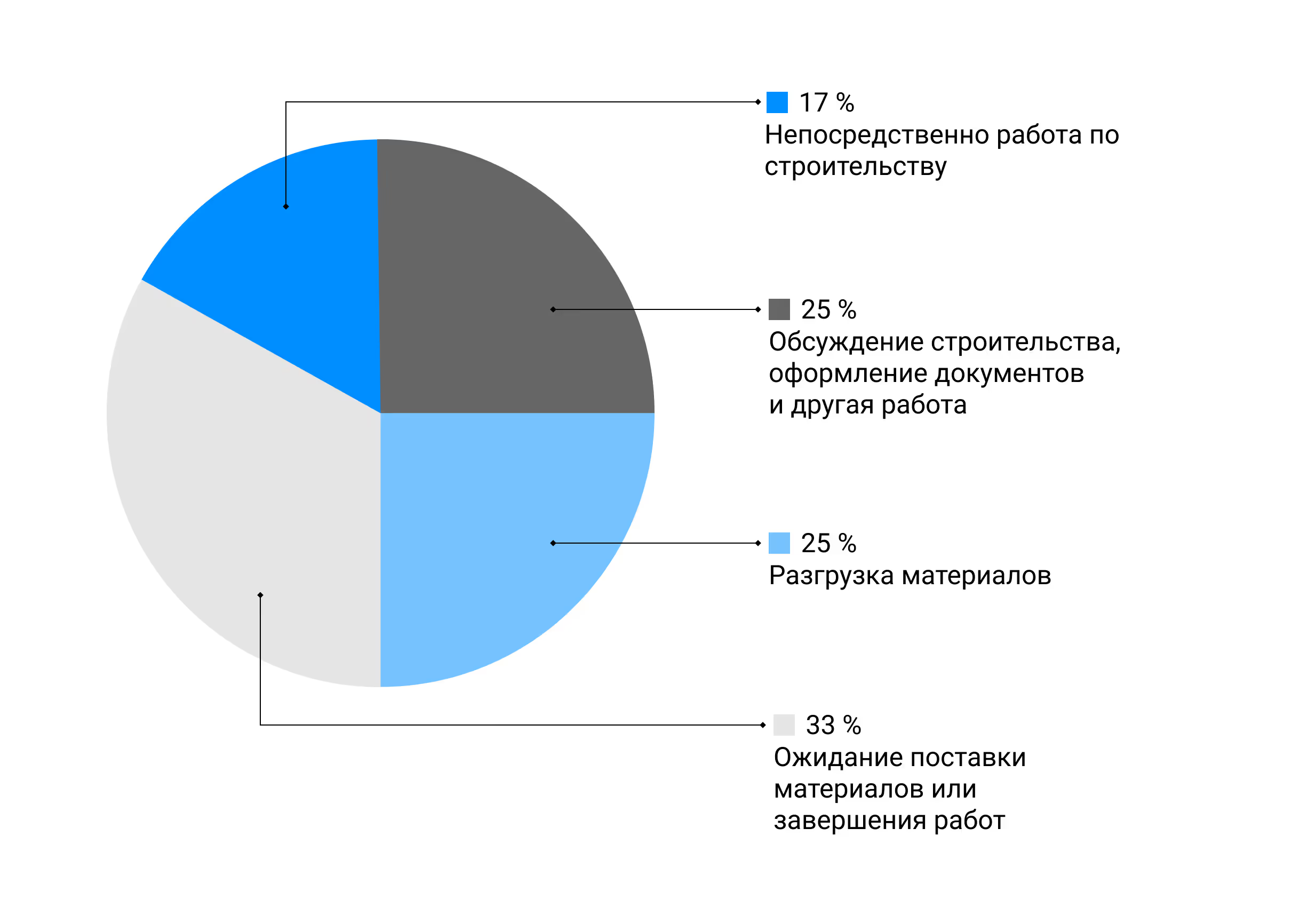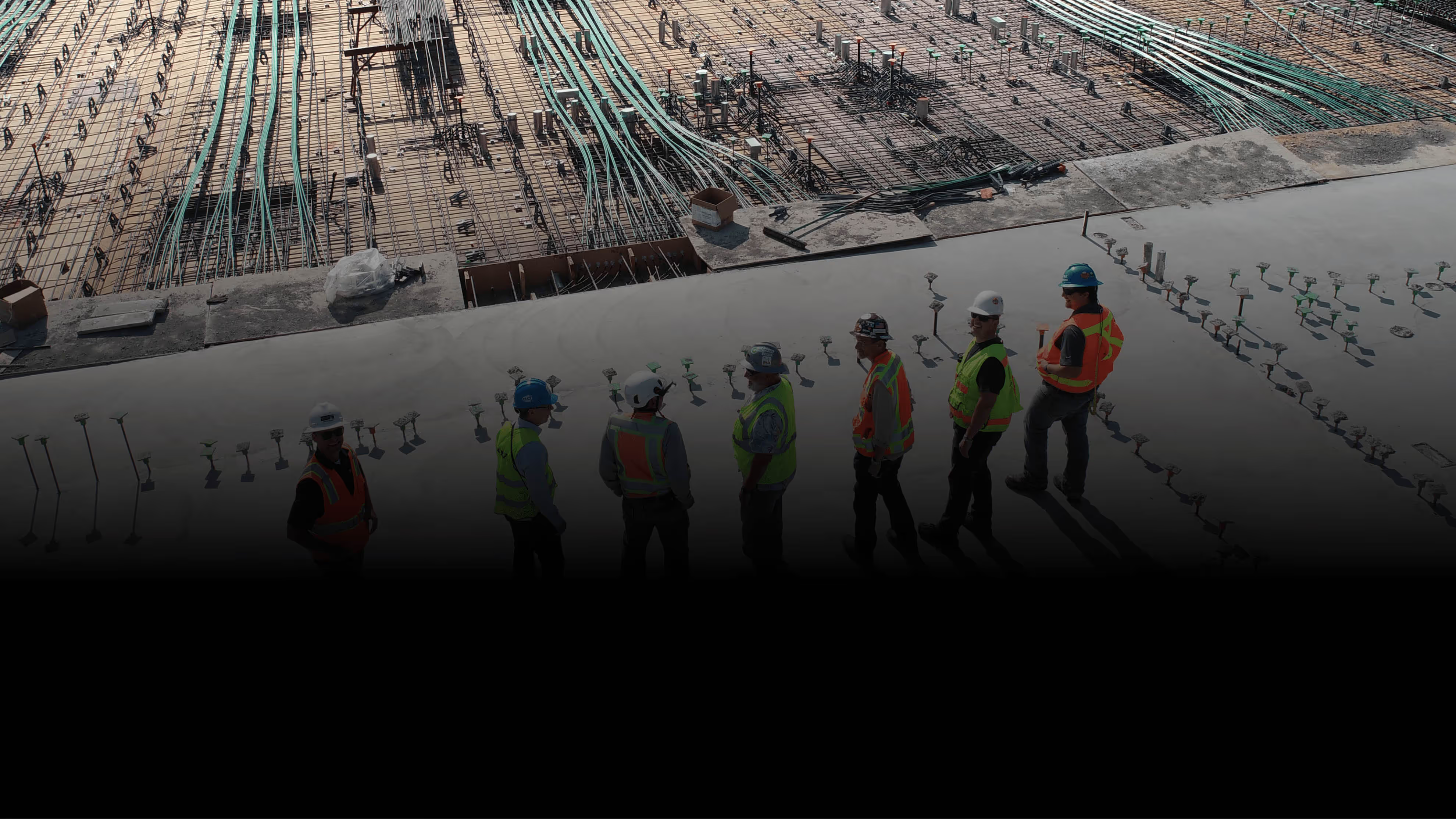Client
PropTech development corporation, one of the Russian top 5 in terms of construction volumes. It is included in the list of systemically important enterprises. As of June 2022, the client was working on 20 active projects with a total area of 1.5 million square meters.
Problem: material purchases are made manually, poorly controlled and delay the construction of facilities
Let's imagine that a client is going to build a 10-story house. Based on information about the project, it can be calculated that approximately 500,000 tons of concrete, 30,000 bags of cement, 5 km of pipes, 1,200 interior doors, 7,000 windows and several hundred other materials will be needed.
Materials cannot be ordered, paid for and brought to the construction site at one time for the following reasons.
- Materials are needed only at a certain stage. For example, roof tiles and plastic windows will not be useful until walls are built.
- Materials will lose their properties during long-term storage. The concrete will harden in a few hours, the wood will become damp, and the bricks may crumble.
- Managers do not know the exact order volume. For example, builders may use more reinforcement or concrete when making reinforced concrete structures.
- Materials from another construction site can be brought to the site. For example, there is excess insulation left there. This means that you need to order less of it for this house.
- A tender may be announced for the supply of some materials, which will increase shipment times.
- Documents must be physically signed, and the responsible employee may be on a long vacation.
Due to these circumstances, each material was purchased separately. Suppliers and contractors negotiated among themselves, and the client only found out about the deal when he received an invoice for the materials. To clarify the details, managers called each other several times a day, approved documents via e-mail, and often had to come to the office in person to sign.

Several construction contractors may work at the same site. Each contractor, in turn, may have several suppliers
Any changes at the site only confused the process. We need more cement — a new deal. The contractor built the walls 2 weeks faster — we need to urgently look for insulation.
In a system like this:
- the client's employees repeated the same routine procedure thousands of times during the construction of one facility;
- the client could not quickly find out what the situation with the materials at the site was (how much was spent, how much came in, how much had already been ordered, what transactions required payment and the client's attention, etc.) and called the contractor to get information and clarify the details of each purchase separately;
- The deadlines for the completion of facilities were increased by the time required to approve and correct errors, as well as delays in the supply of materials.
Objective: develop and digitize a business process for purchasing materials for customer facilities
The system should unify the request for the purchase of materials, taking into account their peculiarities, supplier conditions, delivery times and any other nuances important in terms of procurement.
The system backend is written on the Django framework. The front must use an internal library of React elements common to the client's entire IT infrastructure.
kt.team:
- compiled a universal application form for the purchase of materials;
- developed a business process for conducting the transaction that takes into account the rules for approval, payment and acceptance of materials;
- created an additional service for receiving materials in the client's mobile application.
Result 1: the client, contractors and suppliers understand and control the process of purchasing materials for sites
kt.team, together with customer, contractor and supplier teams, has developed a universal request form for the purchase of materials that adapts to 5 main supply scenarios.
- A regular application. For example, install 100 front doors by December 20.
- An application without a contract, without an estimated (estimated) cost, without specific materials. For example, you need to order non-standard pipe fittings or purchase them directly without a tender.
- Postpaid application upon consumption of materials. For example, concrete is ordered.
- An application with a prepayment and a change in volume after the use of materials. For example, 1 ton of reinforcement is ordered, but 900 kg is used. Or vice versa, an additional order is being made.
- An application with a specific postpayment. For example, payment in installments: first an advance payment, then shipment and a final payment in accordance with the actual amount of materials supplied.
We asked the client about the main stages of fulfilling the application, assigned roles and implemented the automatic generation of documents with the signing of their digital signature (abbreviated for “electronic digital signature”) directly in the system. At each stage, the system gives a hint to the client's and counterparty managers what remains to be done and what documents need to be prepared.
This was the general view of the business process (the picture was blurred to preserve the client's confidential data).

.avif)
The client receives information about any application from one window and can quickly respond to delays in approval and other disputes.
Result 2: the purchase of prepaid materials increased by 4.9 times, with postpaid materials by 3 times
How it happened: no one supervised the work at the stages from creating an application to issuing an invoice. It was impossible to optimize the process and influence its speed.
According to research Swedish scientist Andreas Ekehar (Swedish. Andreas Ekeskär), less than half of construction materials are delivered on time, in the right amount and without errors. This results in construction workers spending a third of their time waiting for materials and completing work, and a quarter on unloading materials.

The amount of useful work performed by builders at the site directly depends on the speed of supply of materials
How did it become: In the first month of the system's implementation, the application time from creating a draft to paying the invoice was 69 days for prepaid purchases and 46 days for postpaid purchases.
After debugging the system and training the client's team, the deadline for closing applications decreased: in July 2022, applications were processed in an average of 2 weeks.

The reduction in order fulfillment time gives the client extremely important advantages:
- facilities are being built and completed faster;
- the cost of facilities is reduced by reducing the downtime of builders at sites.
Technology stack
Frontend: React
Backend: Django
Mobile app: React Native








